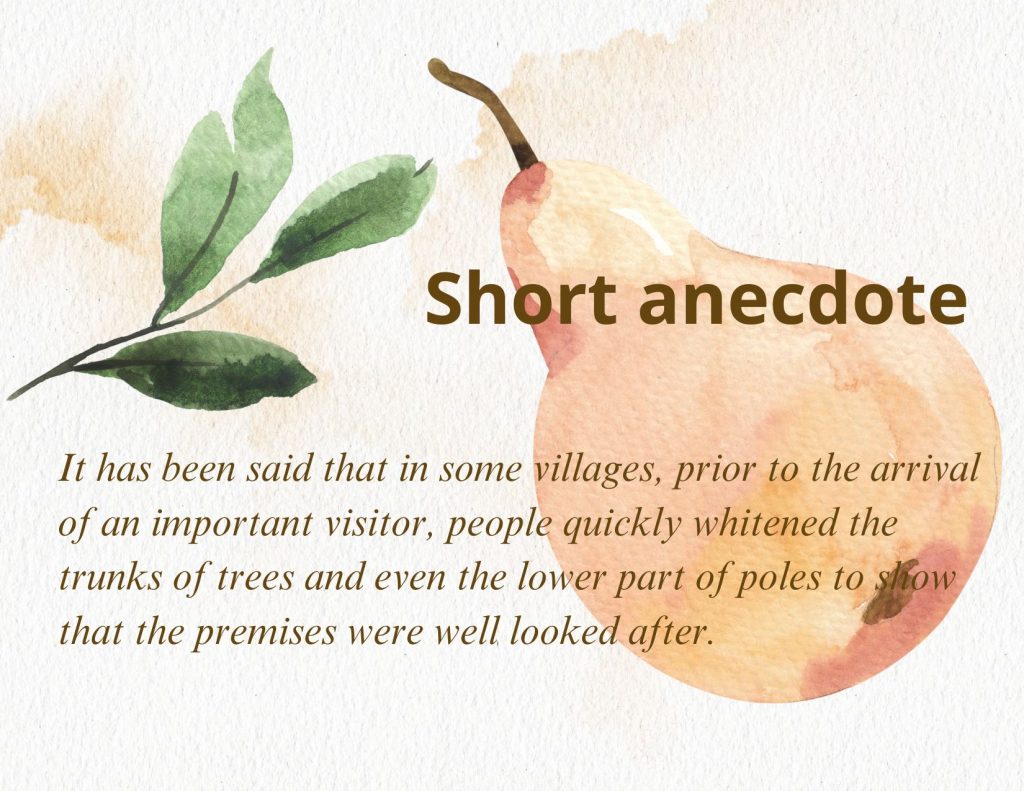The engagement of religious communities
Religious communities continue their mission
Religious communities with an educational vocation have been in existence since the arrival of the first settlers in New France. Depending on how their facilities evolved, they taught their students about fruit growing and agriculture in general.
Most religious communities owned agricultural land and farms. Until the 1970s, it was not uncommon for an agronomist to work exclusively for one of these communities, providing advice to farm workers or students attempting to put theory into practice. In autumn, the kitchens smelled of compotes, jams and desserts made with fruit from the orchard, much to the boarders’ delight.
The community of the Sisters of Notre-Dame du Perpétuel Secours in Saint-Pascal de Kamouraska well illustrates the role played by religious communities. See below.

Students at the École normale classico-ménagère de la Congrégation de Notre-Dame in Saint-Pascal, working in the vegetable garden and orchard, ca. 1920. This was part of their training.
You may remember the quote by Paul-Louis Martin at the beginning of this exhibition, in which he drew a parallel between the training of young fruit trees, which have to produce enough fruit, and the training of young people. Don’t you find that the above photograph reflects this ideology of religious communities?
The girls dressed in white seem to merge with the trees painted with whitewash, also known as tree whitening. This substance, which was used in the past and is still used today by certain enthusiasts, protects tree trunks from moss, fungus, lichen and parasites.



